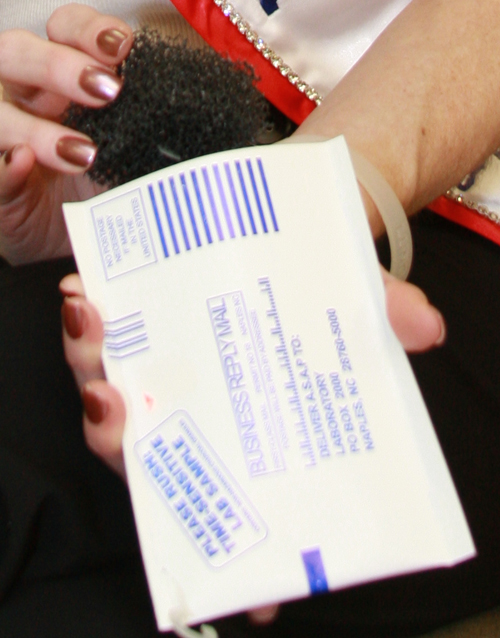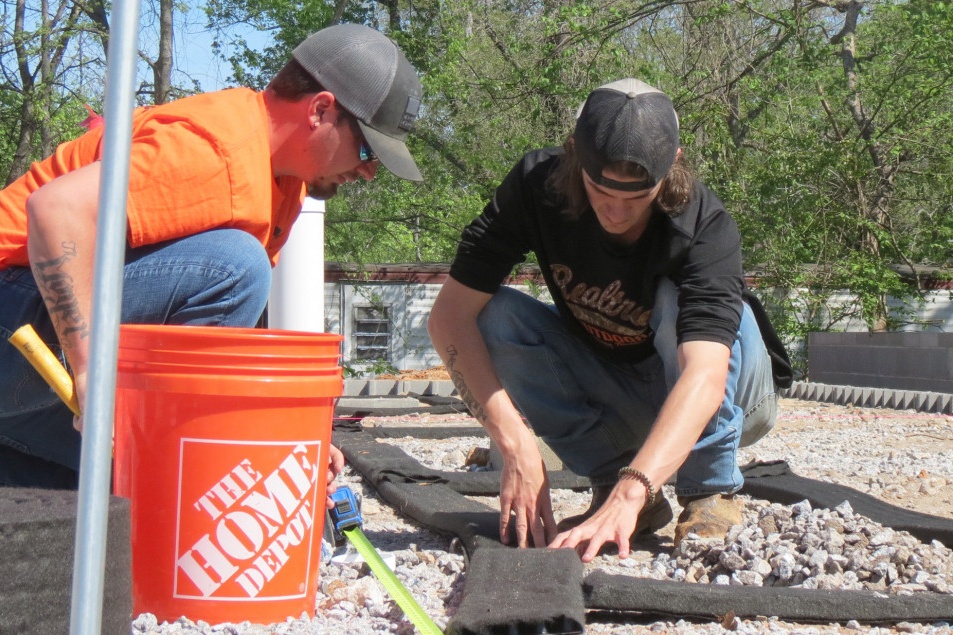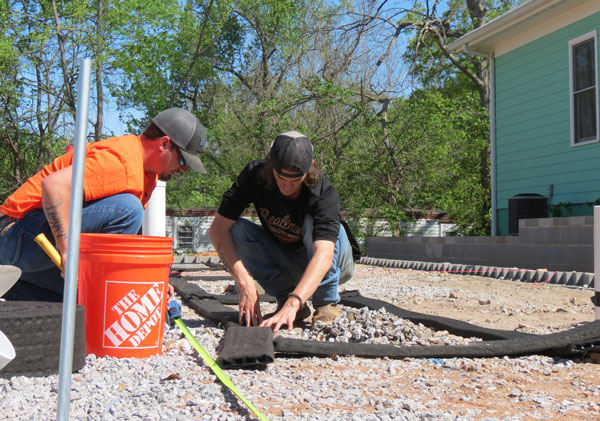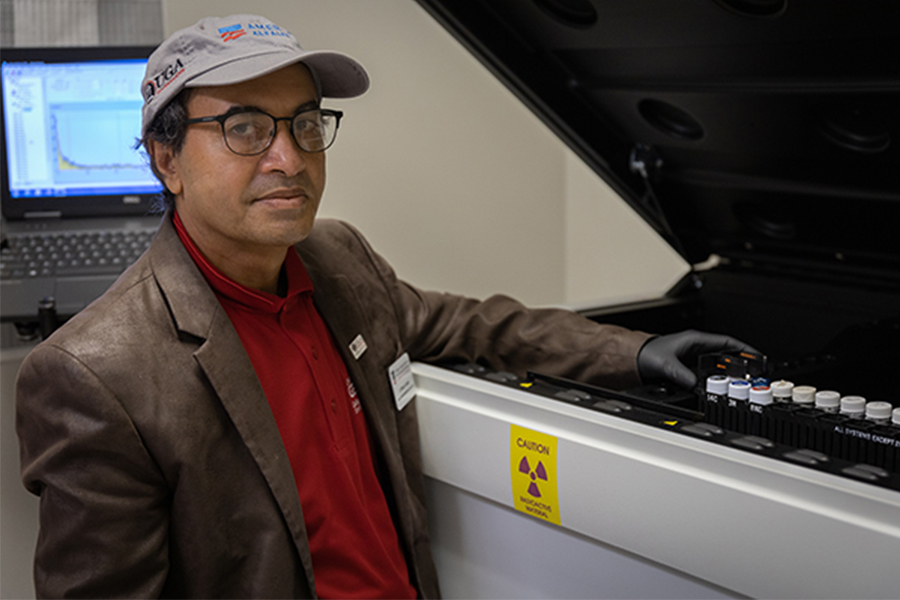Hundreds of non-smokers are diagnosed with lung cancer each year in Georgia. The cause of their cancer could be the air inside their homes. With help from University of Georgia Cooperative Extension, Georgians are learning about the risks of radon and testing their homes for the gas.
“Most people don’t think about radon, yet radon can have a major impact on you and your family’s health,” said Pamela Turner, a UGA Cooperative Extension housing specialist. “Radon can seep into homes and contaminate the air inside.”
More than 21,000 people die each year from lung cancer caused by radon. Georgia has the highest rate in the Southeast with 822 deaths last year alone.
Radon is a cancer-causing radioactive gas that comes from the natural breakdown of uranium in soil, rock or water. It is invisible, odorless and tasteless. Radon usually moves naturally from the soil to the air, but it can be dangerous when trapped inside your home.
“Our homes have less pressure than the pressure in the soil, acting like a vacuum drawing radon inside,” said Edda Cotto-Rivera, an extension agent and radon educator in DeKalb County.
Cotto-Rivera says any home can have a radon problem.
“It does not matter if you have an old or a new home, a well -sealed or drafty home or a home with or without a basement,” she said. “Everybody should test their homes for radon, since it is the only way to know the levels we are exposed to.”
Radon gas collects in voids and air spaces under home foundations and gradually enters through cracks, showers and drainage pumps, Turner said. Once it enters the living area of the home, the only way it can escape is through cracks and openings. Improved insulation in most new homes traps the gas indoors.
Regions with a lot of granite have a higher risk for radon. According to the Environmental Protection Agency, all north Georgia counties have a moderate or high potential for radon, with Cobb, Fulton, DeKalb and Gwinnett counties topping the list.
"Radon is truly a silent killer," said Becky Chenhall, a UGA Extension radon educator. "It is so easy to ignore because you can't see, smell or taste it. The only way to know the radon level in your home is to test for it."
Radon test results will never be 0. The average indoor level is 1.3 pCi/L (pico curies per liter). Any test that measures 4 pCi/L or higher requires action. Nationally, one out of every 15 homes will have a high radon level. In north Georgia, one out of every five homes could have high levels.
UGA Extension offices have radon test kits. In the past seven years, 35,000 kits have been distributed.
Radon is heavier than air, and test kits should be placed two feet to six feet above the floor in the center of a room. Bedrooms or family rooms are the best rooms to test.
Children may be at greater risk of radon exposure because of their height. The radon level at a child's breathing level is higher than that found at an adult's.
"We are saving lives by educating and motivating people to take action," Chenhall said. "The bad news is radon causes lung cancer. The good news is that any radon problem can be fixed."
Mitigation systems can be installed, when required. The gas can be safely released from the home by installing an inline fan and running a ventilation pipe from underneath the home's foundation to above the roof line. Georgia currently has 12 certified radon mitigators trained to correct radon problems.
UGA radon educators urge Georgians to test, fix and save a life.
“We are all exposed to radon since it is a natural occurring element of our environment,” Cotto-Rivera said. "It is important to know the radon levels in your home. People may prefer not to know, but what you don't know can kill you.”
For more information on radon or how to test for it, call your local UGA Extension office at 1-800-ASK-UGA1.





.png)


.png)
